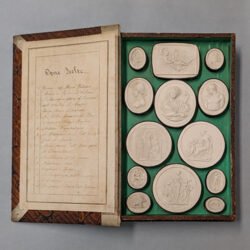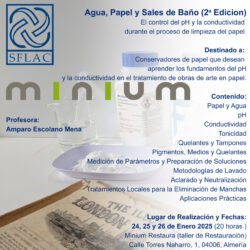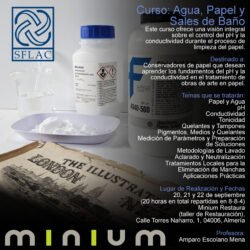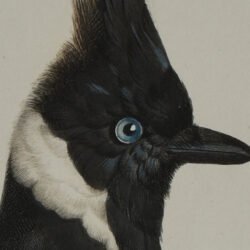The use of digital cameras have simplified the process of documenting conservation and restoration treatments, allowing the conservator-restorer to record a substantial amount of information at an affordable cost.
The transition from the negative film to the digital sensor have lowered substantially the price of every image, and also, but not everybody knows this, have brought an increased capability to record images in the infrared area of the light spectrum.
But, what exactly are we going to see in an infrared photograph that won’t be seen under visible light? The most common application is to show preparatory under-drawings, variations in the composition and to reveal difficult to read inscriptions, both in paintings and paper examination. The resulting image will be in black and white, since there is no color in that part of the light spectrum.
Obviously, it was not the intention of the photographic companies to provide conservators with an Infrared camera at a reasonable price, it just happens that the standard sensors have inherent near infrared sensitivity (700 -1000 nm). However, in order to optimize the cameras for visible light, the manufacturers use an Infrared blocking filter placed over the sensor, inside the camera . If such filter is removed, the camera becomes capable of capturing images in the Infrared spectrum; still this is not an easy task, but there are several companies offering this service. They can modify your camera by removing the blocking filter and adjusting the device according to your requirements.
The painting photographed with normal lighting and with reflected infrared. The infrared image on the right shows defined underdrawing lines on a 19th century oil painting on canvas.
[/mp_text] [/mp_span_inner] [mp_span_inner col="4"] [mp_image id="2254" size="full" link_type="lightbox" link="#" target="false" caption="false" align="left"] [/mp_span_inner] [/mp_row_inner] [/mp_span] [/mp_row] [mp_row] [mp_span col="12"] [mp_row_inner] [mp_span_inner col="12" classes=" motopress-space"] [mp_space] [/mp_span_inner] [/mp_row_inner] [mp_row_inner] [mp_span_inner col="12"] [mp_text]
On the reverse of this obscured canvas, the inscription and signature of the artist was imposible to read. The infrared image (below) shows it clearly, making it readable.
[/mp_text] [/mp_span_inner] [/mp_row_inner] [/mp_span] [/mp_row] [mp_row] [mp_span col="12"] [mp_row_inner] [mp_span_inner col="6"] [mp_image id="2255" size="full" link_type="lightbox" link="#" target="false" caption="true" align="left"] [/mp_span_inner] [mp_span_inner col="6"] [mp_image id="2256" size="full" link_type="lightbox" link="#" target="false" caption="true" align="left"] [/mp_span_inner] [/mp_row_inner] [mp_row_inner] [mp_span_inner col="12"] [mp_text]The best light source for the task is direct sunlight, which provides more infrared radiation than you’ll ever need to get a good IR image, however since working with sunlight is not a permanently available option, you might also use regular photographic tungsten lights, which actually emit more infrared radiation than visible light. Because we need to block the visible part of the spectrum to obtain a clean IR image, a special filter should be placed in front of the lens. Please notice that, even if they are called IR filters, they are designed to pass the Infrared radiation and block the visible and ultraviolet waveleghts. These filters are very dark or almost black, so the camera should be set and in focus before placing the filter, because there is no way to use the viewfinder once the filter is on the lens.
The lenses are one of the main components underestimated when shooting infrared. Modern lenses are treated and coated by the manufacturers to avoid and block the transmission of infrared wavelength. The best alternative is getting an extremely expensive lens made out of calcium fluoride, specially handcrafted for infrared photography. However, the easy option is to use simple lenses with not many elements. The terms “autofocus” and “zoom” don’t apply well to IR photography, and it’s not such a problem to use fixed focal length lenses with manual focusing since the pictures are taken at the Studio and can be checked (and repeated if necessary) almost immediately.
There is plenty of information regarding infrared photography on the web, also “The AIC Guide to Digital Photography and Conservation Documentation” (2011) offers comprehensive and up to date information about the subject. If you are interested in the topic and want more information , please feel free to contact Jeronimo Perez-Roca at jpr@sflac.net
[/mp_text] [/mp_span_inner] [/mp_row_inner] [/mp_span] [/mp_row]




